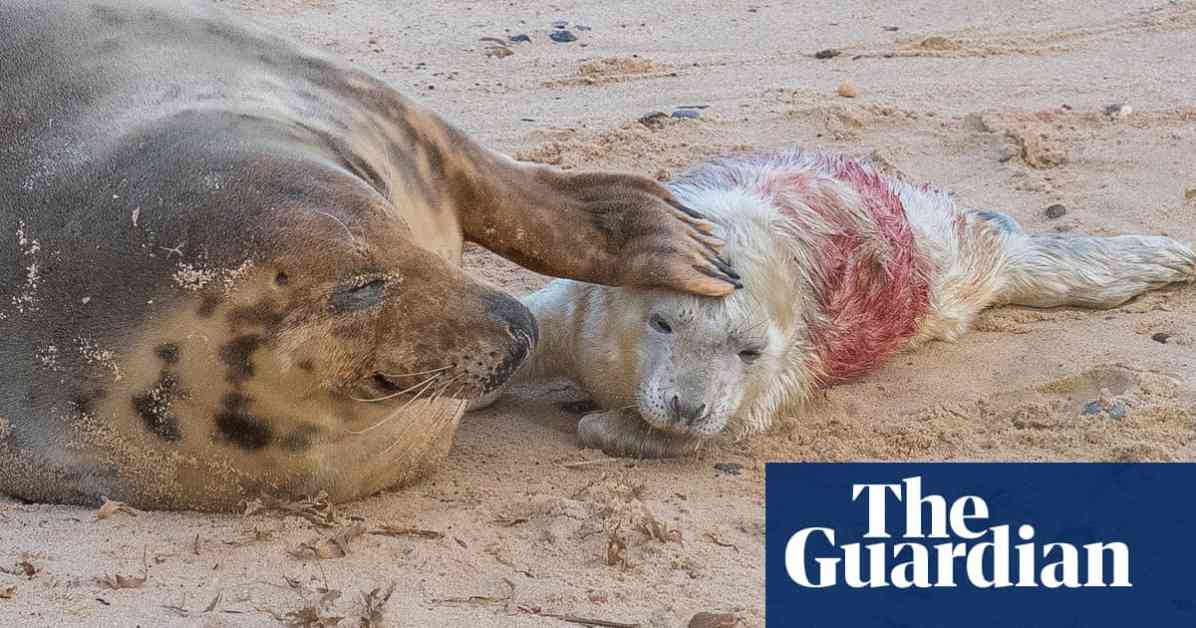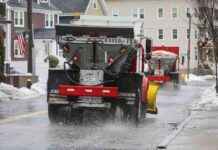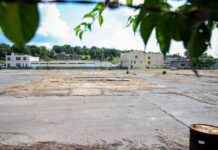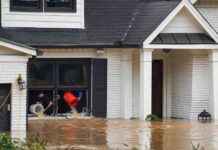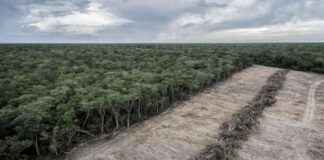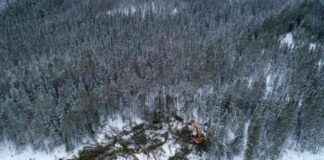Seal Population Boom: Norfolk’s Wildlife Safari Success
It is a cold winter’s day on the Norfolk coast, but that doesn’t bother the seals and their pups basking in the sunshine. From a distance, Richard Edwards, a volunteer seal warden, stands on a sand dune overlooking the North Sea, keeping a close watch over the colony. It’s a sight to behold as more than 1,200 seal pups have already been born between Horsey and a neighboring beach in November, with 2,500 more expected before the breeding season ends in January.
The Success Story Unfolds
The grey seal colony on the east Norfolk coast is a testament to the incredible wildlife success of Britain. Since their formation at Horsey in 2002, the seals have seen a dramatic increase in numbers, with over 2,000 pups born this season alone. Standing amidst this thriving colony, Edwards expresses pride in the local community for nurturing such a spectacle in their backyard.
Seals on the Move
But the success isn’t limited to Norfolk alone. A group of grey seals in nearby Suffolk has established the first seal colony on a remote shingle beach at Orford Ness. Matt Wilson, a countryside manager, recalls the sudden appearance of 200 seals one day, now growing to over 600 this year. The safe haven provided by the 10-mile beach at Orford Ness has been crucial to the growing population, especially during the breeding season.
Challenges and Conservation Efforts
As the seal population flourishes, conservationists have raised concerns about rising mortality rates among seal pups, particularly in the face of severe weather and storm surges. Sue Sayer, founder of the Seal Research Trust, emphasizes the need for protective measures, such as creating safe, fenced-off areas for seals to shelter during storms. Volunteer wardens like Edwards work tirelessly to educate the public about the importance of keeping their distance and respecting the seals’ habitat.
Looking Ahead
The success of the seal colonies in Norfolk and Suffolk offers a glimmer of hope amidst declining populations of other wildlife species. Wilson sees the seals as a symbol of resilience, swimming against the tide of environmental challenges. As the seals continue to thrive, it’s a reminder of the importance of conservation efforts and the positive impact they can have on our natural world.
In a world where wildlife faces numerous threats, the seal population boom in Norfolk is a beacon of hope, reminding us of the power of community, conservation, and resilience in the face of adversity. So, next time you take a walk along the Norfolk coast, pause for a moment to appreciate the incredible sight of these magnificent creatures thriving in their natural habitat.

